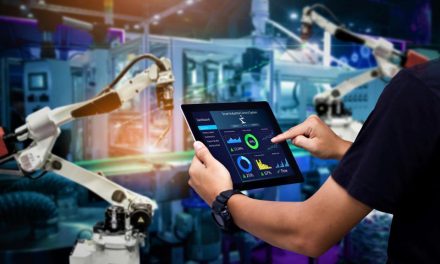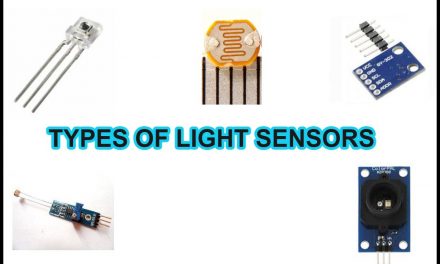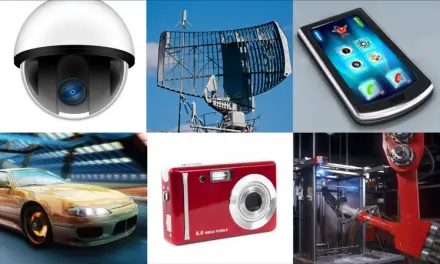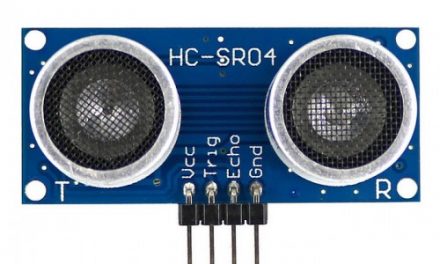The introduction of the robot completely changed the manufacturing industry. The robots introduced had several advantages. They execute tasks at amazing speeds, in a precise manner. The embedded systems in robotics made this possible as the robot use multiple embedded systems in order for them to function properly. This article explains on the various types of embedded systems in robotics.
Before we explain the various embedded systems in robotics, let us first define a few terms.
Table of Contents
Robot
This is defined as a machine representing a human being and being able to replicate certain human movements and functions automatically.
Embedded Systems
An embedded system is defined as a purpose-built computing platform that is designed to accomplish a specific software-controlled task. It is usually made to be part of a larger system.
Embedded systems in robotics therefore refers to the use of purpose built computing platforms to accomplish a set of pre-determined functions automatically. A robot can contain several embedded systems such as obstacle detection systems to help it navigate, and embedded control systems used for it to interact with its environment.
Now that we have an idea of what embedded systems in robotics refers to, let us list a few characteristics of embedded systems and robots.
Characteristics of Embedded Systems
1. Task Specific
The embedded systems are designed for one particular application. They do the task repetitively.
2. Time Specific
The embedded systems are made to perform the specific tasks within a given time frame.
3. Minimal or no User Interface
An embedded system usually has a very minimalistic user interface, with just a few buttons and keypads available for input and a small screen for the output.
4. Input and Output Devices
Embedded systems are designed to interact with input and output devices in order to interact with their environment.
5. Hardware and Software Usage
The hardware of an embedded system is used for security and performance. The software is then used for features.
6. High Efficiency
The embedded systems are made to achieve a high level of efficiency because of the limited resources present.
Characteristics of Robots
All robots must have a few standard characteristics. These are listed below:
1. Sensing
The robot exists in an environment. In order to extract important features from its environment, there is a need for the robot to sense its surroundings. It needs to have a wide variety of sensors to give the robot the ability to sense its environment.
Embedded systems in robotics are used for sensing. Here what happens is that the embedded systems are designed for a particular sensing application.
An example is a robot used for welding the frame of a car. An embedded system may be present to detect whether there is a frame or not, another embedded system may check if there are any human beings nearby and send a signal to stop immediately if there is one.
2. Movement
The robot needs to be able to navigate in its environment. Embedded systems in the robot are used to assist in this process. In this process, an obstacle detection embedded system may be used to help detect if there is an object in the robot’s way. If an obstacle is present, then the robot automatically avoids it, or comes to a complete halt.
The embedded control systems are used to control the actuators present in the arms of the robot. The embedded control systems in the robot also control the speed, and direction of rotation of the electric motors present that usually are usually used to move the wheels of the robot, allowing it to move.
3. Energy
A robot may need to be able to be self-powered. This means that it needs to be able to move without being connected to a power source. A very good example of a robot that relies on this feature is the Unmanned Aerial Vehicle (UAV) that we commonly refer to as a drone. These need to be able to fly without being connected to a power source. Robotic embedded systems are used in this case for energy management.
4. Intelligence
The robots process the information that they get from their environment. Unlike regular pieces of machinery, they are able to use the information acquired to adapt to variations in the environment, and have the ability to try different methods to accomplish a task. The various robotic embedded systems present are used to provide the information to the Central Processing Unit present in the embedded system.
An example to illustrate this is the line following robot. This uses various types of robotic embedded systems to help it navigate a path by itself. It uses infrared sensors to detect the line to follow, ultrasound sensors to detect obstacles, and the CPU “learns” the environment. After it has a “mind map” of the environment, it will be able to navigate the path at amazing speeds as it will “know” which obstacles are present and need to be avoided.
Applications of Embedded Systems in Robotics
1. Autonomous Vehicles
In this application, various robotic embedded systems are present. There is an obstacle detection embedded system that uses a LiDAR sensor to detect obstacles. Another embedded system is the anti-lock braking system that is triggered when wheel-lock is detected.
2. Unmanned Arial Vehicles
In this application, there are various robotic embedded systems. There is an energy management embedded system which just deals with managing the energy present in the machine. Navigation embedded systems are present which use the Global Positioning System technology to help the flying robot travel to its destination.
3. Educational Robots
In this application, various robotic embedded systems are present. They are used as educational assistants to teachers. They contain obstacle embedded systems that detect if a student, teacher or object is in its way. They contain energy management systems to monitor the battery level, and alert the teacher if it needs to be charged. They have embedded control systems to move the wheels of the robot, thus, helping it to navigate the room with the students.
Conclusion
This article gave the definition of a robot, and explained the various characteristics of robots. Embedded systems in robotics were also brought out. We hope you enjoyed the article!






